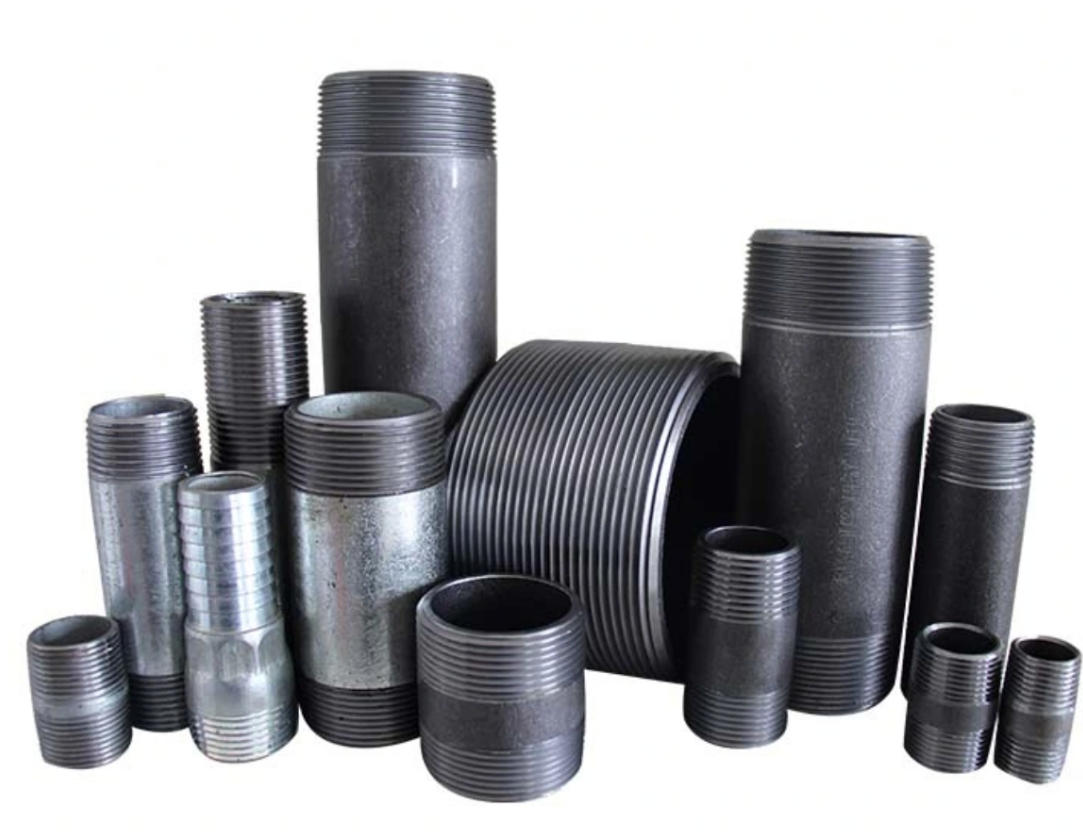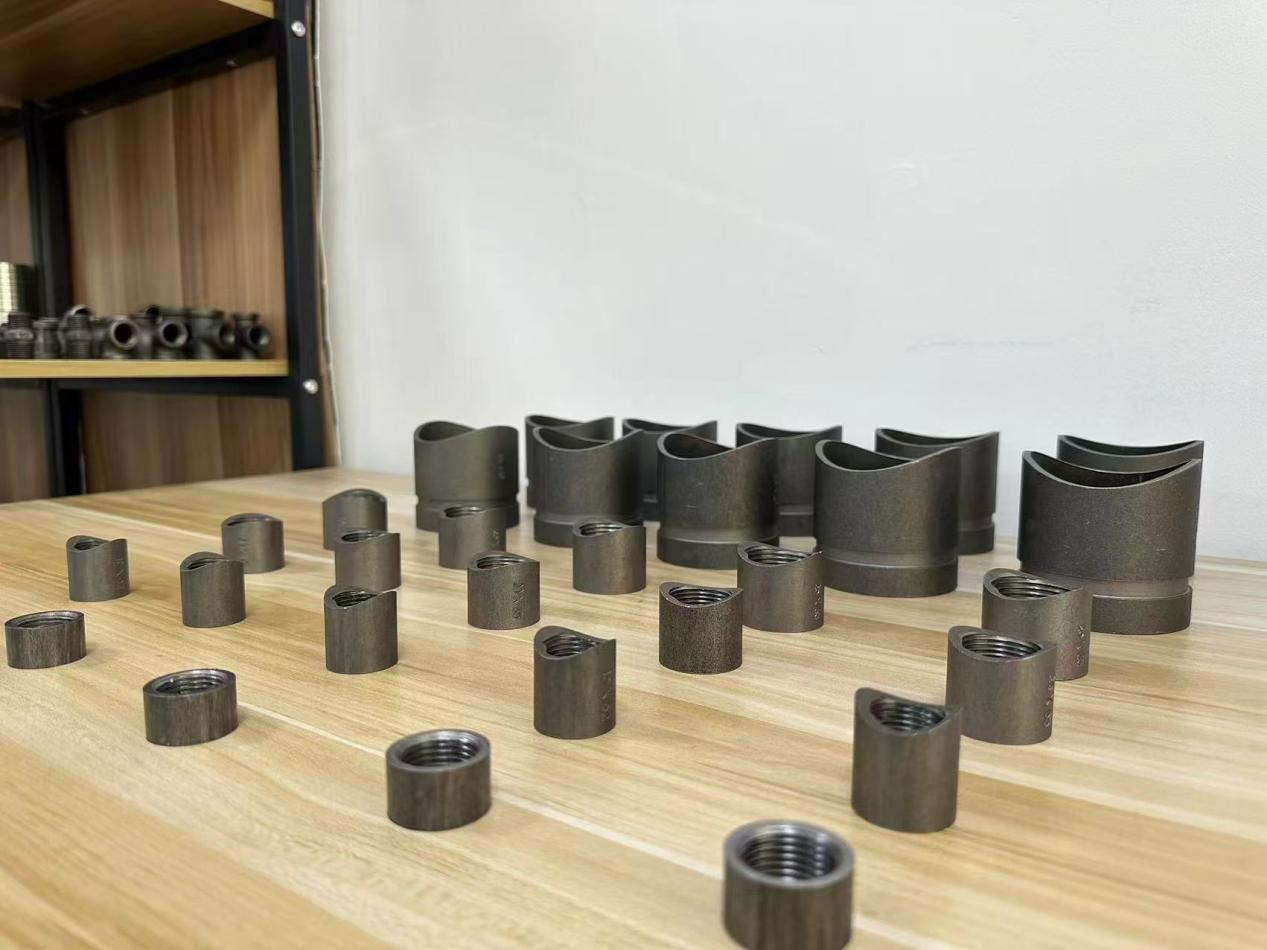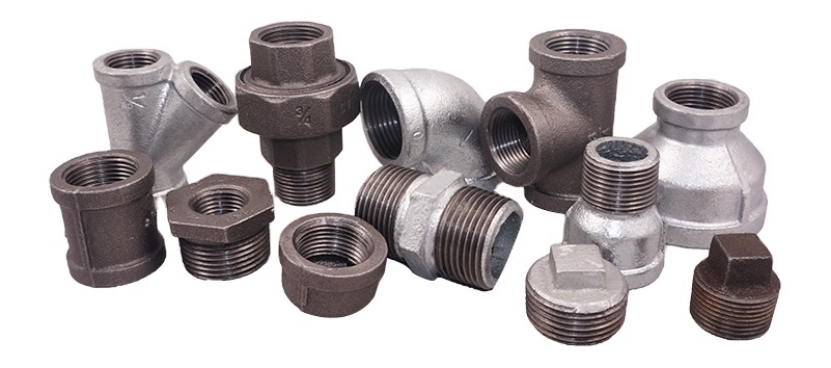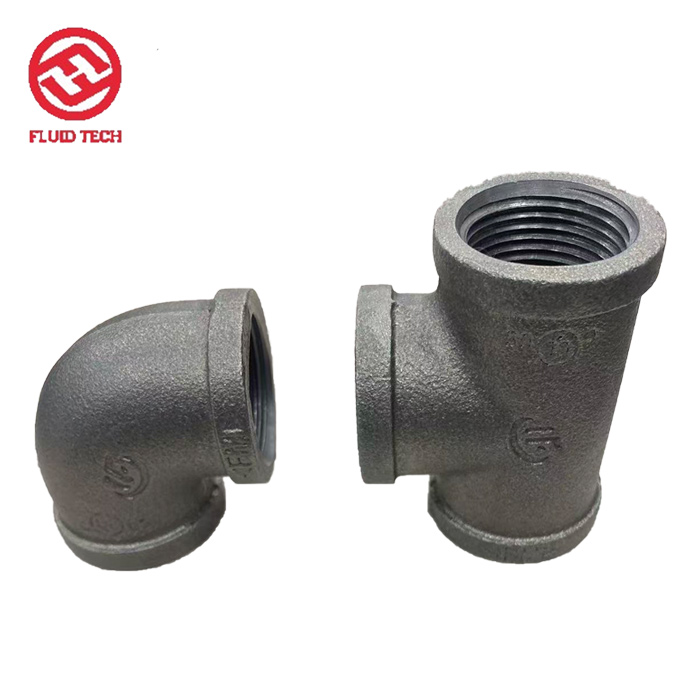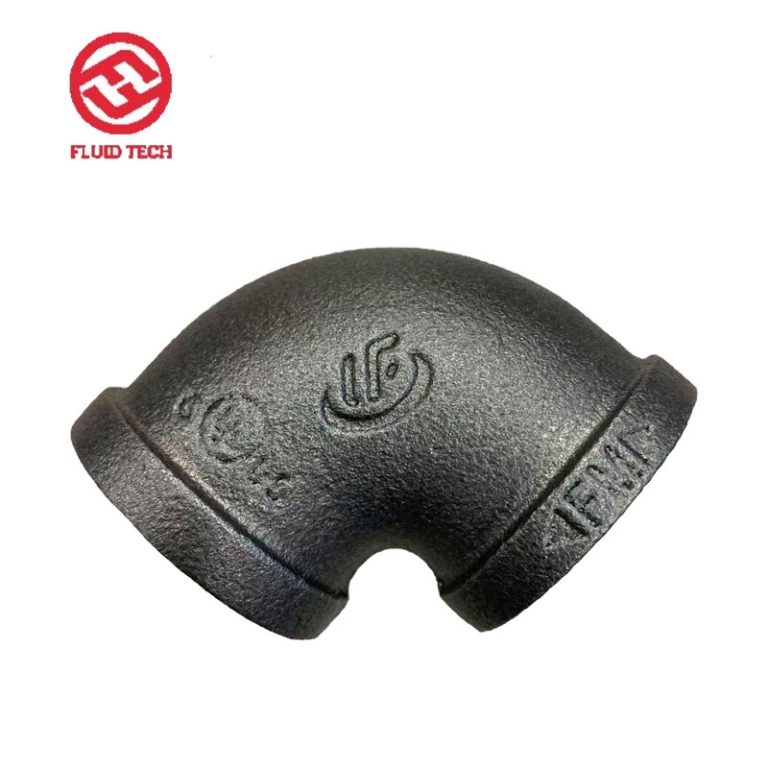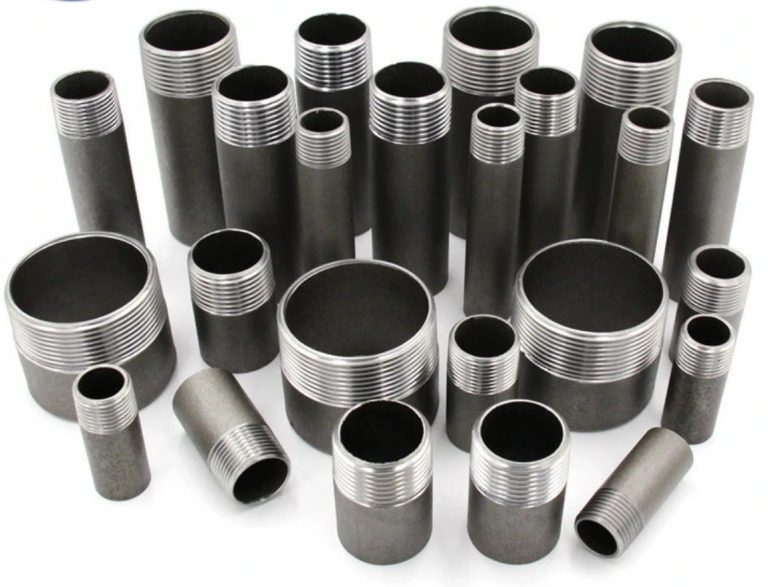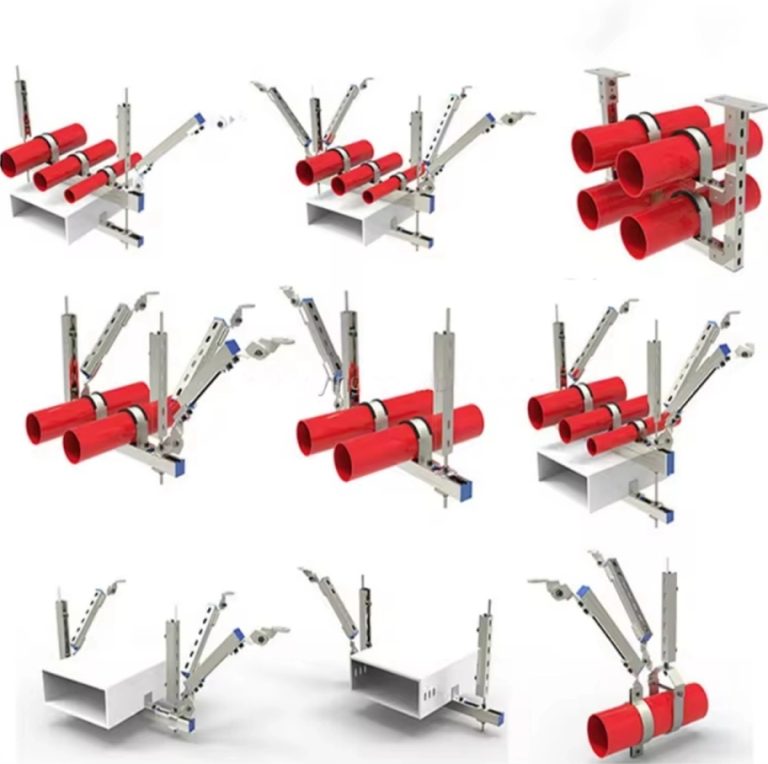Fire safety systems form the core protection for buildings. Every piece matters greatly. Nipples and sockets might seem small, but they play a huge part in keeping these setups secure and operational. Let’s face reality—leaks occur. They’re annoying, expensive, and can endanger people. At 流体技術, we’ve encountered every scenario, from tiny drops to total breakdowns. This blog explores the most frequent leak problems with these parts, explains their causes, and shares practical repair methods. Whether you’re a contractor, building supervisor, or just interested, we provide genuine guidance and knowledge.
Understanding Nipples and Socket in Fire Protection Systems
These components are vital for fire safety pipe networks. A 乳首 is a short pipe section, usually threaded on both sides. It links components or extends pipe lengths. Socket joints, often threaded or grooved, connect pipes to fittings or other pipes. Together, they ensure water flows correctly in sprinklers or hydrant setups. But when leaks happen, you’re not just losing water—you’re threatening system dependability.
These pieces endure tough situations: intense water force, temperature shifts, and sometimes material breakdown from surroundings. Industry information shows roughly 30% of fire system failures start with bad connections. Nipples and sockets are common offenders. Understanding failure points is the initial move toward solutions.
Common Leakage Issues in Nipples and Socket Joints
Leaks don’t materialize randomly. They usually result from specific problems. Some are preventable, others need quick action. Here are the top troubles we observe:
1. Improper Installation
Careless setup causes many leaks. Misaligned threads or excessive tightening invite problems. A hurried installer might cross-thread a nipple into a socket. This creates gaps for water escape. Over-tightening can fracture pieces, especially in malleable iron items.
2. Poor Thread Sealing
Threads require proper closure to stop leaks. Incorrect application of Teflon tape or pipe dope—or skipping it entirely—lets water penetrate. We’ve witnessed installers using insufficient sealant. They thought it was adequate, then faced leaks during pressure checks.
3. Corrosion and Material Degradation
These nipples and sockets, particularly steel or iron ones, can corrode eventually. Contact with dampness, chemicals, or ocean air (like Red Sea International Airport projects) accelerates this. Degradation weakens connections, causing leaks or complete breaks.
4. Pressure Surges
Fire systems manage high water force, often above 175 PSI. Sudden pressure jumps during testing stress joints. If a nipple or socket lacks proper pressure rating, it will leak. Worse, it might fail completely.
5. Manufacturing Defects
Problems here are uncommon but occur. A badly cast nipple or socket with uneven threads leads to leakage. This is why Fluid Tech demands FM/UL-approved goods and strict quality control. We enforce this at our Tianjin location.
6. Wear and Tear
Nothing endures permanently. Shaking from ground movement or regular operation loosens connections over years. Projects like CIU Nicosia seismic bracing systems show how wear damages even well-fitted joints.
| Issue | Cause | Result |
| Improper Setup | Misaligned threads, excessive tightening | Instant leaks, damaged fittings |
| Bad Thread Closure | Wrong or insufficient sealant | Slow leaks under pressure |
| Material Breakdown | Environmental exposure | Long-term leakage, system collapse |
| Force Spikes | High or changing pressure | Joint stress, sudden leakage |
| Factory Flaws | Faulty casting or threading | Unpredictable leakage points |
| Material Fatigue | Vibration, aging | Gradual loosening, persistent leaks |
How to Fix Leakage Issues
Repairing leaks isn’t about quick tape fixes and hopeful wishes. It demands a methodical strategy. Here’s how to address each problem using actual field knowledge.
Fixing Improper Installation
Verify alignment before tightening. Ensure threads match correctly. Hand-tighten initially to feel resistance. If it feels rough, back off and realign. Use proper equipment. A pipe wrench helps, but avoid extreme force. Over-tightening cracks fittings. Follow maker torque guidelines. Most malleable iron pieces need 40-60 ft-lbs. Reinstall if damaged. A cracked socket isn’t salvageable. Keep extra FM/UL-approved nipples and sockets ready for quick changes.
Improving Thread Sealing
Apply sealant properly. Use good Teflon tape (3-4 wraps, clockwise) or fire-rated pipe dope. Spread evenly. Avoid the first thread to prevent debris entry. Test before full use. After sealing, run low-pressure tests (50 PSI) to catch early leaks. Fluid Tech performs this at our warehouse for every shipment batch.
Addressing Corrosion
Select suitable materials. For harsh settings, consider galvanized or stainless steel parts. They cost more but endure longer. Apply protective layers during installation. This is crucial for damp or coastal zones. Regular upkeep inspections spot early rust signs. Replace corroded pieces immediately. If rust appears, don’t delay. Swap damaged nipples or sockets quickly. This prevents wider system harm.
Managing Pressure Surges
Install pressure regulators. These stabilize water force, easing joint stress. For high-pressure networks, choose parts rated for at least 300 PSI. Test gradually. Increase pressure slowly during system checks. This prevents joint shock. Fluid Tech’s pre-shipment inspections include 200 PSI pressure tests. This guarantees toughness.
Handling Manufacturing Defects
Inspect before installation. Look for visible flaws like uneven threads or cracks. Fluid Tech uses outside checks too. For example, at the Kingsway Tower job. They found problems fast. Buy from reliable suppliers. Stick with certified providers like Fluid Tech. Every item meets FM/UL/CE/LPCB/VDS standards. Cheap parts aren’t worth the gamble.
Mitigating Wear and Tear
Install seismic supports. In earthquake zones, use sway bracing accessories. These lessen vibration impact. We supplied these for CIU Nicosia. They helped significantly. Perform regular upkeep. Schedule yearly inspections. Tighten loose joints and swap worn parts. Consistent care prevents bigger headaches later.
A Quick Word on Fluid Tech as a Nipples and Socket Supplier
For nipples and socket joints, Fluid Tech delivers reliability. Based in Tianjin, China, we’ve led fire protection since 2018. We supply FM/UL-approved products to over 100 global builders. Our nipples and sockets undergo thorough checks. We test water pressure, dimensions, surface quality—everything—before shipping. We partner with top makers. We manage production through delivery. This ensures fast, dependable component access. Whether sprinklers for Nigerian towers or hydrants for Saudi airports, we provide expertise and stock. We keep your project watertight.
結論
Leaky nipples and socket joints cause frustration, but they’re not unavoidable. Knowing root causes—setup mistakes, bad sealing, material breakdown, force spikes, factory flaws, or material fatigue—lets you act preventively. Correct setup methods, quality materials, and scheduled upkeep form your best protection. Fluid Tech provides premium products and practical knowledge. We keep fire safety systems running reliably. Paying attention to these small parts makes a big difference. It ensures project safety and endurance.
FAQs
Why do my joints keep leaking after sealing?
Persistent leaks often mean uneven sealant application or thread harm. Confirm sufficient Teflon tape (3-4 wraps) or pipe dope use. Check for cross-threading too. Also, verify nipple and socket pressure ratings. Low-grade parts fail under stress.
How often should I check these joints?
Inspect fire systems yearly at minimum. For harsh locations (like corrosive coastal areas), check every six months. Regular checks catch early wear. This prevents larger failures.
Can regular plumbing nipples work in fire systems?
Absolutely not. Fire protection requires FM/UL-approved parts. They withstand 175-300 PSI pressures. Standard plumbing pieces might fail. This causes leaks or dangerous breakdowns.
What’s the top corrosion prevention method?
Choose galvanized or stainless steel in corrosive zones. Apply protective coatings during setup. Maintain inspection routines. Replace rusty parts immediately in salty or humid regions. This stops leaks.
How does Fluid Tech guarantee joint quality?
We conduct factory pre-shipment inspections. We do extra checks at our Tianjin storage facility. These include water pressure tests and size verifications. Outside inspectors confirm thread precision and packaging too. Every product meets FM/UL/CE/LPCB/VDS requirements. You get lasting performance.

